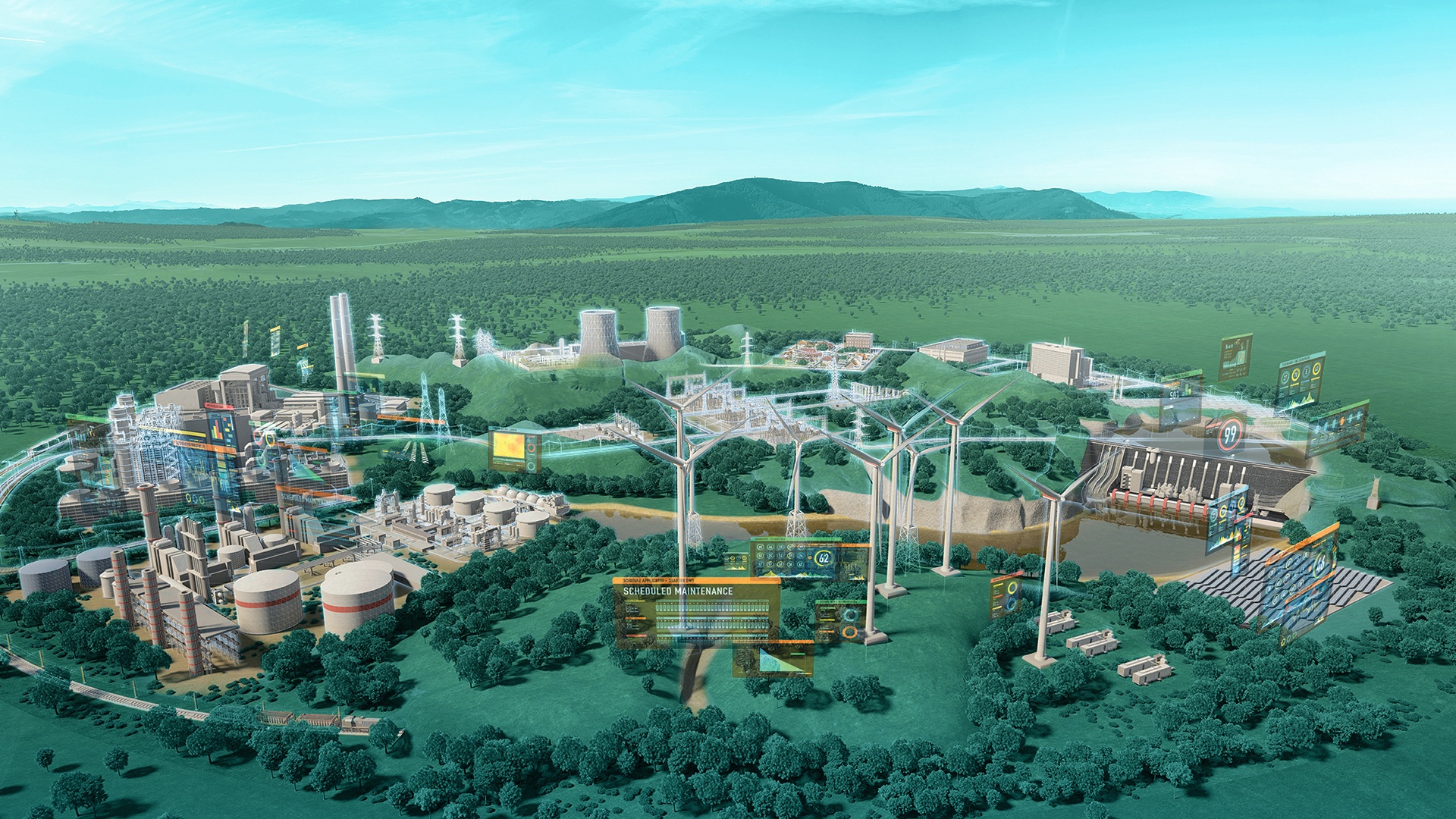Hydrogen is difficult to store because of its extremely low volumetric density. It is the simplest, lightest and most abundant element in the universe. It is also extremely flammable… All of these qualities combined make its logistics and transportation very complicated.
Hydrogen must become energy dense to be stored. It can be compressed and stored as a gas using high-pressure tanks, or it can be liquefied using cryogenic technology.
Hydrogen is typically compressed to between 35 to 150 bar (~500 to ~2,200 psi) for pipeline transmission whereas the distribution system that provides gas to many end users typically operates at pressures less than ~7 bar (~100 psi). For storage, hydrogen is typically compressed to more than 350 bar (~5,000 psi. Hydrogen storage and transmission systems may require specialized high-pressure equipment and will require a significant amount of energy for compression. Liquefying hydrogen is even more of a challenge because it condenses from a gas into a liquid at less than -250º C (~-420º F), requiring a significant amount of energy for cooling the gas to this temperature, and special double-walled cryogenic tanks for storage.




